Thinking about your e-commerce marketing plan for 2024? Use the RACE Framework to create a focused and well-structured digital marketing strategy
In today’s e-commerce business landscape, there is no room for a lack of planning.
All e-commerce businesses should plan out the best e-commerce marketing strategies to attract and retain high-value customers online as part of their e-commerce strategy.
Without a well-planned e-commerce marketing strategy, sustainable growth will be inhibited.
An e-commerce marketing plan with quantifiable KPIs should be directly linked to the goals of the business strategy which considers the e-commerce marketing landscape as a whole.
Our most recent survey found that nearly half of companies don't have a clearly defined digital marketing strategy. Of those who do, the majority have integrated it into their overall marketing strategy.
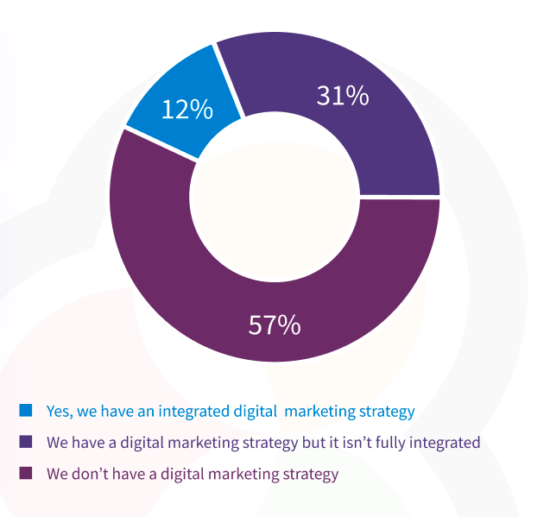
What is an e-commerce marketing plan?
E-commerce marketing planning is about formalizing how you intend to drive traffic to a website and convert it from prospective users to customers.
The plan specifies exactly how a business intends to use e-commerce marketing channels to attract, convert and retain customers. With an integrated plan aligned to the business vision and consistent with an omnichannel approach, a business can expect to see accelerated results.
Our RACE Framework is the perfect tool to assist the e-commerce marketing planning stage, allowing you to focus on each stage: plan, reach, act, convert, and engage. The model divides the customer journey into clear phases, demonstrating appropriate marketing activities playing a different role in each stage.
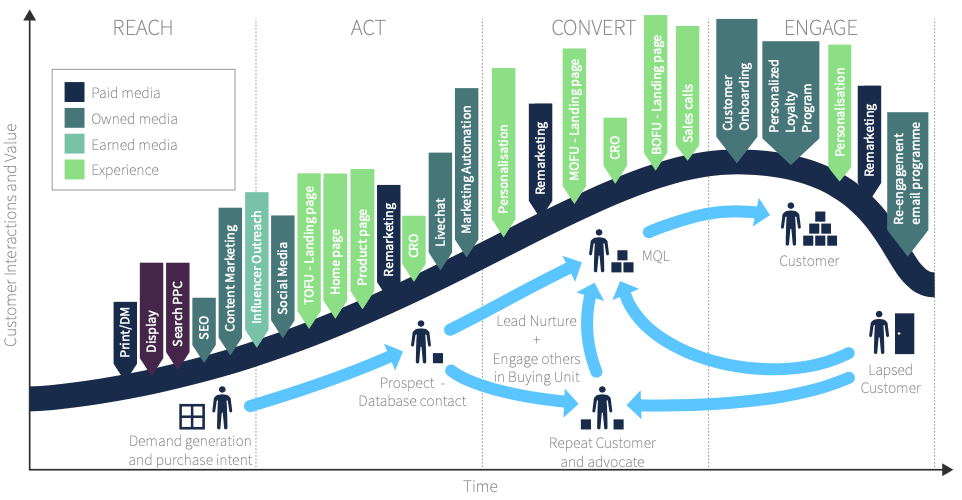
As a Business Member, you can gain access to Smart Insights Learning Paths to assist the process of creating a best-practice e-commerce plan. Our resources are packed with expert-led insights, ready-made spreadsheets, and actionable quick wins, to help you to build one integrated strategy.
What’s in an e-commerce marketing plan?
An e-commerce marketing plan doesn't need to be a huge report. It can be summarized in two or three sides of A4 linking to your SMART objectives.
Essentially, your e-commerce marketing plan consists of 5 key areas that can be expanded on as appropriate for the business, stage or category. By formally documenting these areas, you can fully understand how digital marketing is at the core of business success.
Your 5 step e-commerce marketing plan should cover:
- Plan: Create a digital marketing strategy, mission and objectives
- Reach: Grow your audience online, situational analysis and competitive landscape, target audience, budget and goals
- Act: Encourage brand interactions and leads, media and channels
- Convert: Increase online and offline sales through optimization, KPIs and success metrics
- Engage: Build customer loyalty and advocacy
Learn how to create and implement an integrated omnichannel marketing plan with the Smart Insights RACE Practical Digital Strategy Learning Path. Core Module

Structure a plan using Smart Insights’ RACE
Part of the Digital marketing strategy and planning Toolkit
Learn how to structure a comprehensive omnichannel marketing plan, using Smart Insights' RACE
Learn More
How do you write an e-commerce marketing plan?
Achieving digital marketing success in crowded marketplaces starts with a goal-driven, data-fueled digital marketing plan. Our 5-step e-commerce marketing plan will set you up to plan to reach, interact with, convert and engage more high value customers in 2024.
Step 1: Assess current situation (PLAN)
What channels worked best? What was the growth rate? Where could your business have been better? What opportunities did you miss?
Begin your plan by assessing the previous year’s performance. To create an effective digital marketing strategy, you must first have a good idea of what is working as a strength as well as knowing your weaknesses.
You should also have a view of the market and your competitors’ activities. In doing so, you can highlight focus areas for your e-commerce marketing plan to create actionable, measurable goals.
- Identify all of your current digital marketing activities.
- Work out your strengths, weaknesses, opportunities and threats using the SWOT/ TOWS frameworks.
- Outline your e-commerce marketing goals and make sure you’ve set SMART objectives.
- Understand your target market, their needs, wants and expectations.
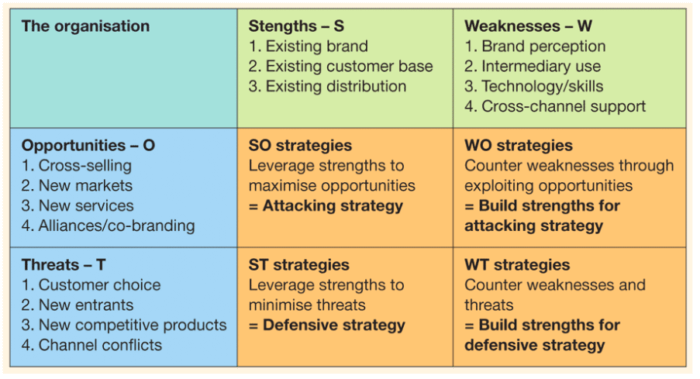
Set your business growth timeline.
Step 2: Grow your audience (REACH)
What is the growth timeline and how do you intend to reach new customers?
Reach involves building awareness of your brand, products, and services. After all, no one can buy from your business if they don’t know it exists.
ToFu (top-of-funnel) tactics as part of your e-commerce marketing plan should focus on how you can use other websites and offline media to drive traffic to your owned media e.g. website, blog, or social media profiles.
Furniture retailer Made.com partnered with Pinterest to test automated bidding on keywords using premade templates. Traffic to its site from a Made.com Pin rose by 400%* as a result of the change to the bidding process, as users were being more accurately targeted.
How can you maximize reach using communications and planned campaigns to create multiple interactions using paid, owned and earned media touchpoints?
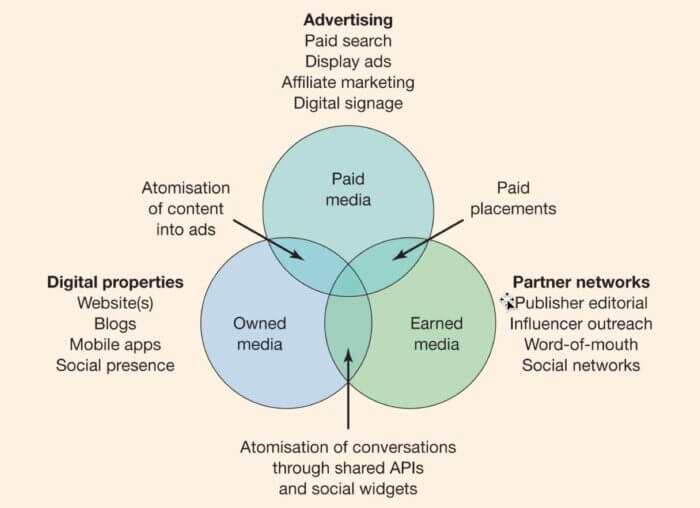
- Define your key brand messages to focus on awareness, familiarity and purchase intent.
- Embed campaign tracking and attribution to adequately review performance.
- Perform keyword research to identify strengths and opportunities (both paid and organic search)
- Identify the appropriate channels to promote the right content to the right people.
- Define a paid and display media budget to reach the correct audience.
In today's digital shopping era, e-commerce marketing strategy means being present in the right channels with the right messages to attract your customers. Without reach, you'll never fill your marketing funnel because nobody will know about your company. We've got marketing tools and techniques to help you find more customers for your business.

Step 3: Prompt interactions, subscribers and leads (ACT)
What channels and content works best to grab attention with the target audience? What makes them take action?
The ACT stage in the e-commerce marketing plan is aimed at encouraging interactions that will result in lead generation. It focuses on creating interactions with content rather than conversion at this point in the funnel. MoFu (middle-of-funnel) marketing works to position the company as the best provider to suit the customer's needs.
Plan the next year’s activities with appropriate budgets and KPIs specifically aimed at the middle of the funnel.
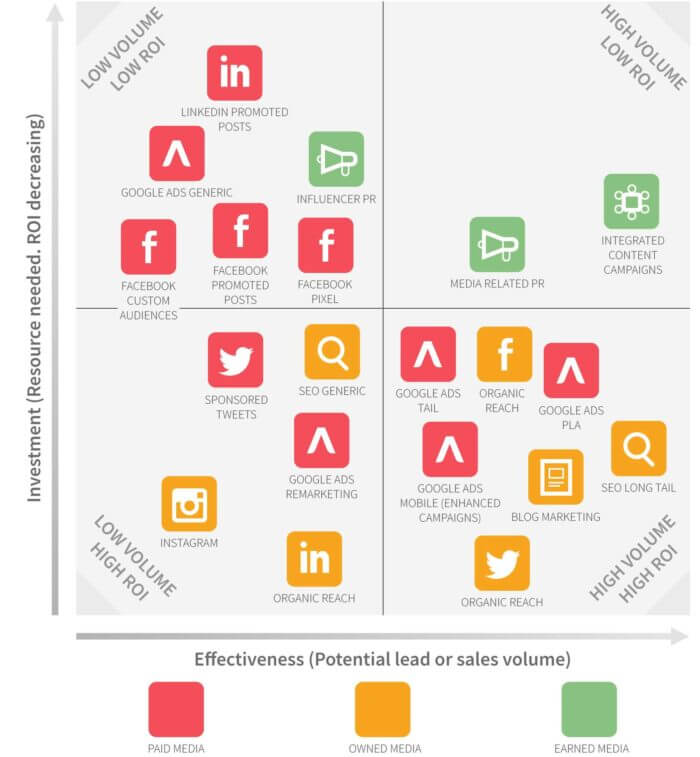
- Review existing landing pages to ensure that CTAs and data capture opportunities are maximized.
- Review the customer journey to assess what turns a customer into a valuable lead.
Accounting giant, Deloitte uses content to create an educational content hub called Deloitte Insights for each industry and topic to direct thought leadership in its industry. The hub provides videos, in-depth reports, podcasts, articles, and more to help individuals and organizations reach their potential.
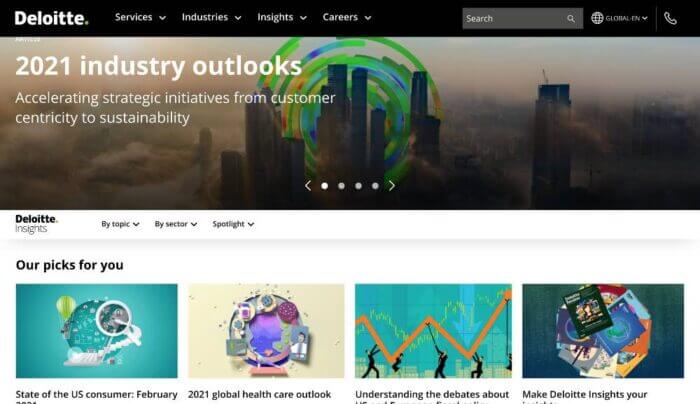
Step 4: Focus on conversion (CONVERT)
How do you intend to convert a lead to a sale? What activities will persuade your audience to take that vital next step and turn into paying customers? BoFu (bottom-of-funnel) looks at the end of the process; generating the conversion.
Today’s customers expect a personalized digital experience. This might be dynamic landing pages, multichannel marketing offering a range of conversion techniques such as email, LiveChat, and product demos, and fully optimized mobile browsing.
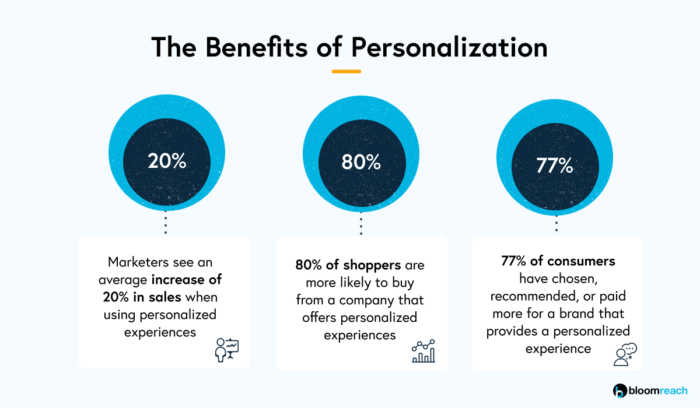
It’s important to remember that payment can be made through online e-commerce transactions or offline channels. The customer journey is not linear and a deep dive into analytics and customer data is essential to understanding the path to purchase. You should consider this as part of your omnichannel marketing strategy.
- Identify conversion funnels and paths to purchase.
Plan how you can personalize the digital experience within your current constraints and resources.
- Establish a communication process between your marketing and development teams.
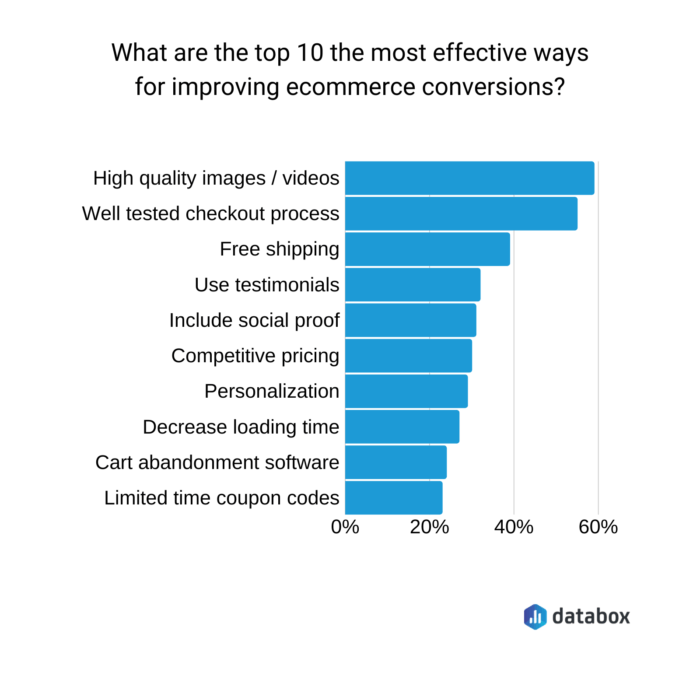 We know that for small and large businesses, customer conversions are one of the most important metrics out there when it comes to developing your marketing strategy. That's why we have dedicated marketing solutions for e-commerce marketers and managers looking to boost their ROI from marketing.
We know that for small and large businesses, customer conversions are one of the most important metrics out there when it comes to developing your marketing strategy. That's why we have dedicated marketing solutions for e-commerce marketers and managers looking to boost their ROI from marketing.

Step 5: Keep it going (ENGAGE)
Converting a sale is the objective, but how do you retain that customer and nurture advocacy?
This stage in the funnel requires you to keep adding value to your brand experience to generate repeat purchases, build loyalty, and improve customer satisfaction.
Plan how you can use content to nurture the post-sale relationship. Examples include storytelling, case studies and engaging social content.
- Outline your intended onboarding process using e-commerce marketing techniques and online messaging.
- Establish your multi-channel customer service process e.g. chat bots, social media, call centres.
- Identify post-sale customer data for remarketing opportunities that will build relationships
Measuring the effectiveness of your e-commerce marketing plan
A plan is nothing more than a document if there are no quantifiable KPIs and metrics to assess success.
You should set SMART objectives that align with your forecast commercial contribution from digital channels for each stage of the RACE framework. In doing so, creating a report as part of a digital dashboard enables you to review performance on an ongoing basis.
Beyond the obvious traffic, sales, and conversion rates, your e-commerce marketing plan should include a view as to how you will track and report on all KPIs:
- Customized Google Analytics goals, segments, events and dimensions to reflect campaigns
- A conversion-based forecast model for media ROI
- Conversion rate for different types of leads or subscribers
- A method of assessing the quality of visitors to your website
- Attribution across all digital channels, but also how they influence offline sales
- How to track returning customers, and their value
- Email subscriber engagement
- Customer satisfaction and loyalty drivers
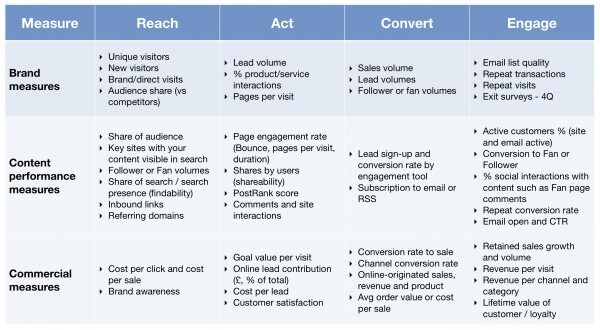
Plan your e-commerce marketing strategy to achieve your 2024 business objectives
Business Members can access tried and tested digital marketing planning and strategy tools, templates, and training designed to help you develop your e-commerce business to win more high-value customers.
Through the simple step-by-step framework of plan, race, act, convert, and engage, you can manage and optimize your marketing strategy to start driving the results you need, fast.


















